Description
Here are some awesome science experiments that are both fun and educational for kids:
### 1. **Baking Soda and Vinegar Volcano**
**Materials**:
– Baking soda
– Vinegar
– A container (like a plastic bottle)
– Food coloring (optional)
**Instructions**:
– Place baking soda in the container.
– Add a few drops of food coloring if you like.
– Pour vinegar into the container and watch the “volcano” erupt!
**Science Behind It**: The reaction between baking soda (a base) and vinegar (an acid) creates carbon dioxide gas, causing the bubbling effect.
—
### 2. **Rainbow in a Jar**
**Materials**:
– Water
– Sugar
– Food coloring
– A clear glass jar
– Spoons
**Instructions**:
– Prepare several sugar solutions with different concentrations (more sugar = heavier liquid).
– Add food coloring to each solution to make different colors.
– Slowly layer the liquids in the jar, starting with the heaviest (most sugar) at the bottom.
**Science Behind It**: Different liquids have different densities. The more sugar, the heavier the liquid, so they don’t mix but stack in layers.
—
### 3. **Invisible Ink**
**Materials**:
– Lemon juice
– Cotton swabs
– Paper
– A heat source (like a lamp or iron)
**Instructions**:
– Dip a cotton swab in lemon juice and write a secret message on the paper.
– Let it dry.
– To reveal the message, gently heat the paper (using a lamp or iron on low heat).
**Science Behind It**: The lemon juice oxidizes when heated, turning brown, revealing the hidden message.
—
### 4. **Dancing Raisins**
**Materials**:
– Clear soda (like Sprite or 7-Up)
– Raisins
**Instructions**:
– Fill a glass with clear soda.
– Drop a few raisins into the glass.
– Watch as the raisins “dance” up and down.
**Science Behind It**: The carbonation in the soda creates bubbles that attach to the rough surface of the raisins, lifting them. When the bubbles pop, the raisins fall.
—
### 5. **Homemade Slime**
**Materials**:
– White school glue
– Baking soda
– Contact lens solution (contains boric acid)
– Food coloring (optional)
**Instructions**:
– Mix about 1/2 cup of glue with a few drops of food coloring.
– Add 1/2 teaspoon of baking soda and stir.
– Slowly add 1 tablespoon of contact lens solution while stirring until the mixture starts to form slime.
**Science Behind It**: The contact lens solution and baking soda react with the glue to form long polymer chains, making the substance more solid and stretchy.
—
### 6. **Oobleck (Non-Newtonian Fluid)**
**Materials**:
– Cornstarch
– Water
– A bowl
**Instructions**:
– Mix about 2 parts cornstarch with 1 part water in the bowl.
– Stir it until it forms a thick, gooey substance.
**Science Behind It**: Oobleck is a non-Newtonian fluid, meaning it behaves like a liquid when slowly moved but becomes solid when pressure is applied.
—
### 7. **Color-Changing Milk**
**Materials**:
– Milk (whole or 2%)
– Food coloring
– Dish soap
– A shallow dish
**Instructions**:
– Pour milk into the dish and add a few drops of food coloring.
– Dip a cotton swab into dish soap and then touch it to the milk’s surface.
– Watch the colors swirl and mix.
**Science Behind It**: The dish soap reduces the surface tension of the milk, allowing the food coloring to move in interesting patterns.
—
### 8. **Static Electricity with a Balloon**
**Materials**:
– A balloon
– A wool sweater or your hair
– Paper (cut into small pieces)
**Instructions**:
– Rub the balloon on your hair or a wool sweater for a few seconds.
– Hold the balloon near the pieces of paper and watch them move toward it.
**Science Behind It**: Rubbing the balloon transfers electrons, giving the balloon a negative charge. The paper is attracted to the balloon due to opposite charges.
—
### 9. **Egg in a Bottle**
**Materials**:
– A hard-boiled egg (peeled)
– A glass bottle with a neck just smaller than the egg
– Matches or a lighter
– Paper
**Instructions**:
– Light a small piece of paper and drop it into the bottle.
– Quickly place the egg on top of the bottle.
– Watch the egg get sucked into the bottle.
**Science Behind It**: The fire heats the air inside the bottle, causing it to expand. When the flame goes out, the air cools and contracts, creating a vacuum that pulls the egg into the bottle.
—
### 10. **The Water Bottle Challenge**
**Materials**:
– A plastic water bottle
– Food coloring (optional)
– A piece of cardboard
**Instructions**:
– Fill a plastic water bottle with water (and food coloring if desired).
– Place a piece of cardboard over the top and turn the bottle upside down.
– Slowly pull the cardboard away.
**Science Behind It**: The air pressure keeps the water in the bottle, preventing it from spilling. It demonstrates how pressure can counteract gravity.
—
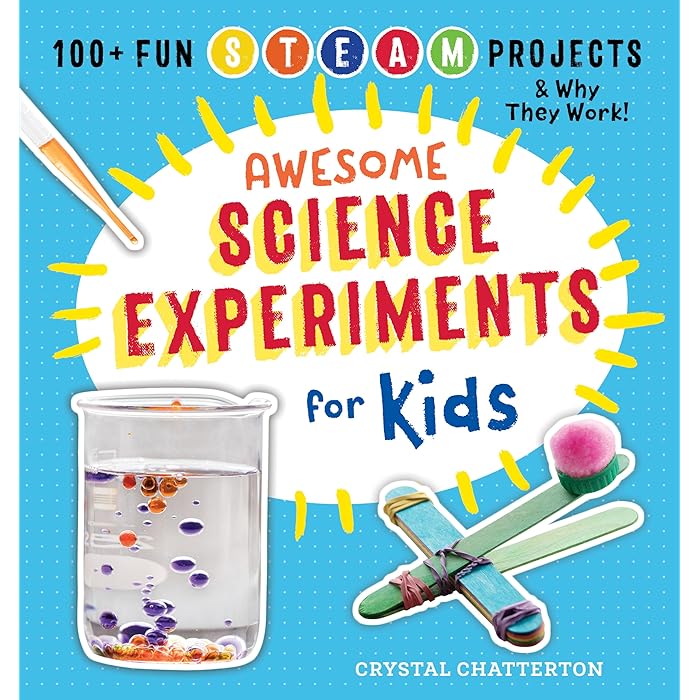
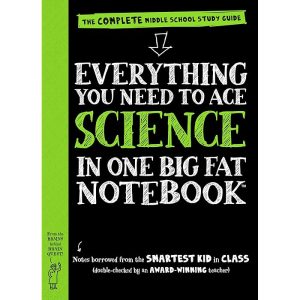
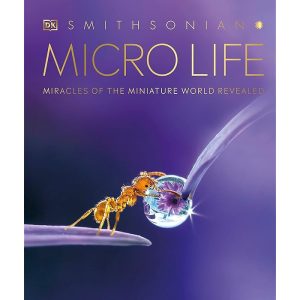
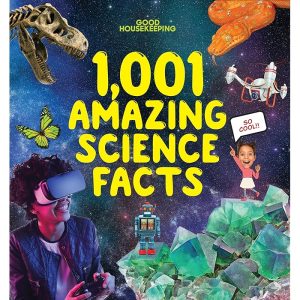
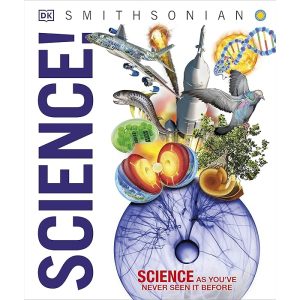


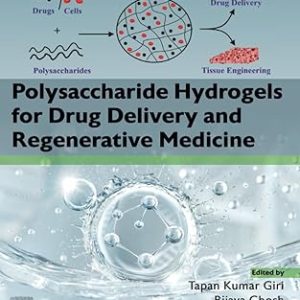

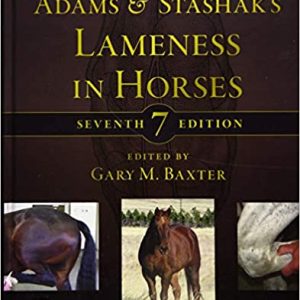
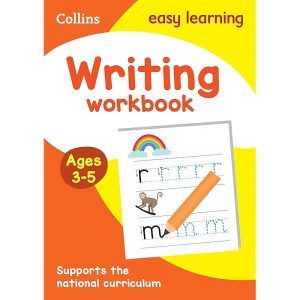

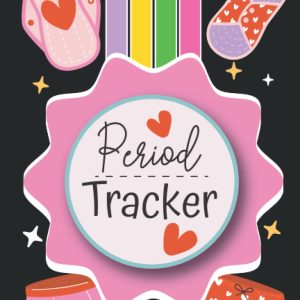





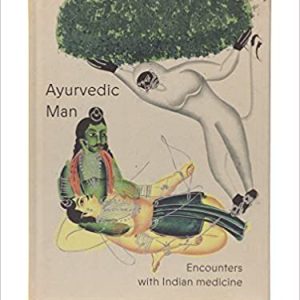
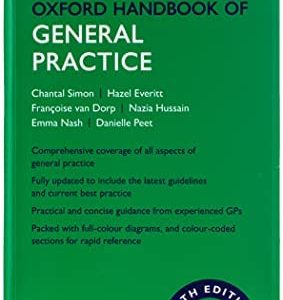


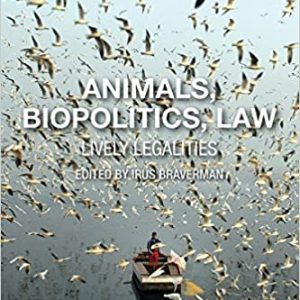
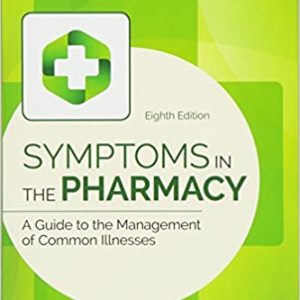
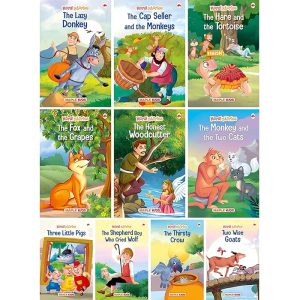
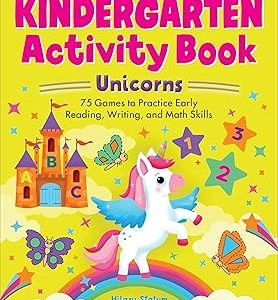
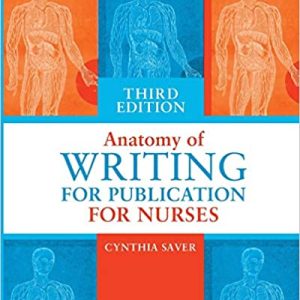

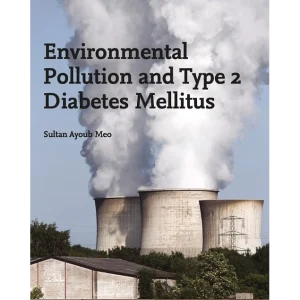

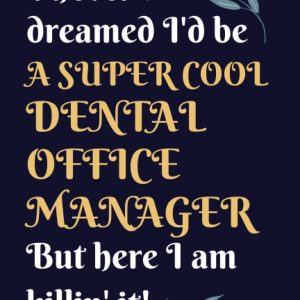
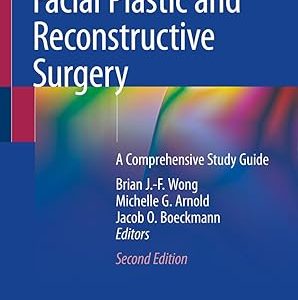

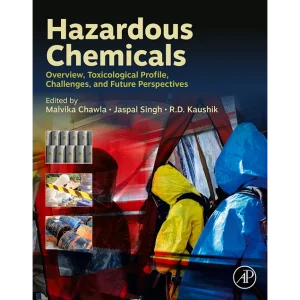



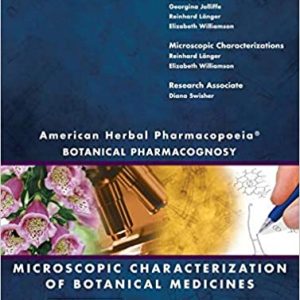
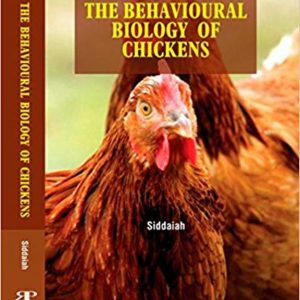
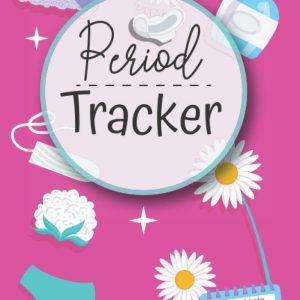

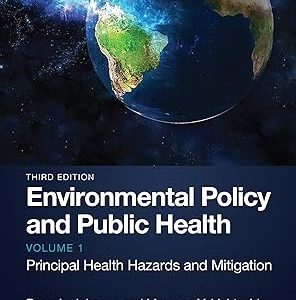


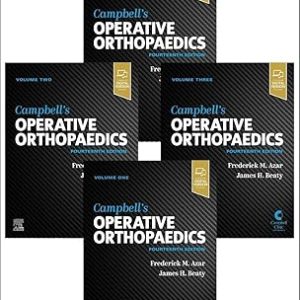
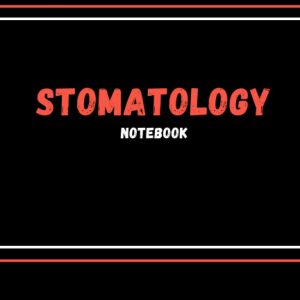




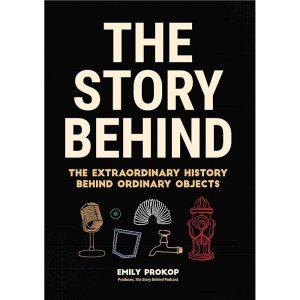
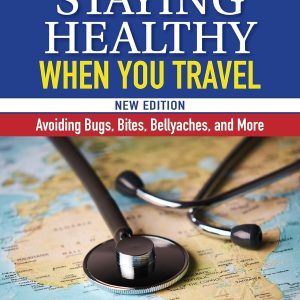


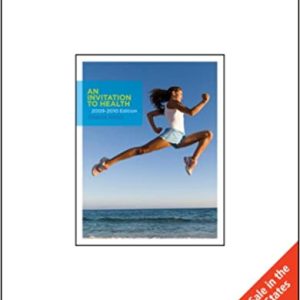
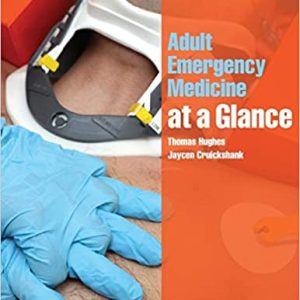
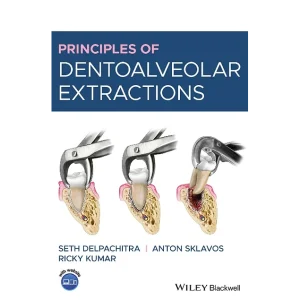

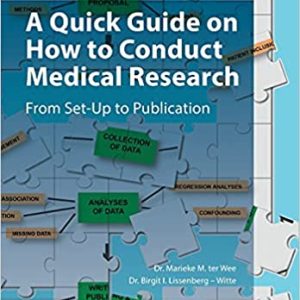



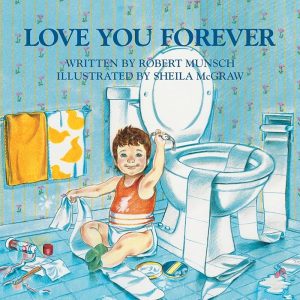
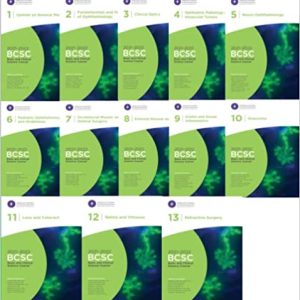
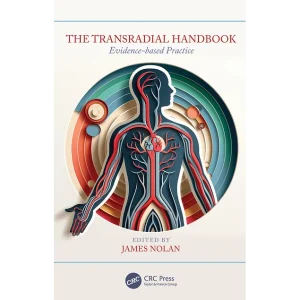

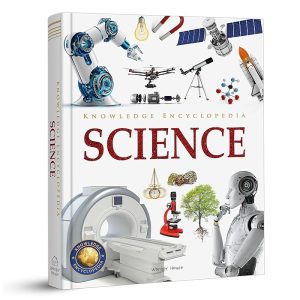
Reviews
There are no reviews yet.